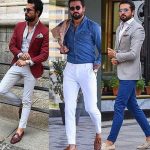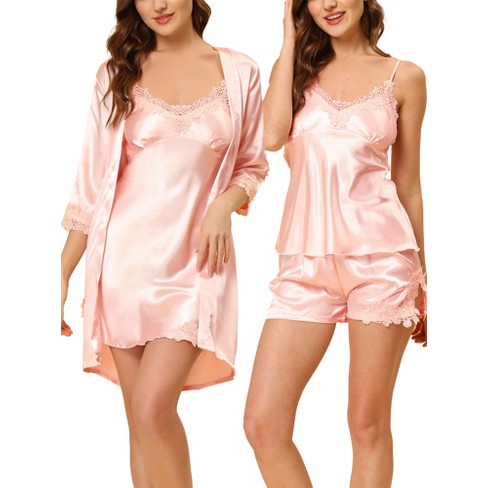Title: The Rise of Casual Wear in the Workplace: Balancing Comfort and Professionalism
In recent years, workplaces around the globe have witnessed a significant shift in dress codes. The traditional attire of suits and ties, once synonymous with professionalism, has given way to a more relaxed and comfortable approach known as casual wear. This evolution reflects changing attitudes towards work culture and a desire for greater comfort and flexibility in the modern workplace.
The adoption of casual wear in professional settings has been propelled by various factors. One prominent catalyst is the rise of technology and the emergence of industries like tech startups, where a more informal dress code is the norm rather than the exception. As these industries continue to thrive and expand, their influence on workplace culture extends beyond their sectors, prompting more traditional industries to reconsider their dress codes.
Moreover, the millennial and Gen Z workforce, known for their emphasis on work-life balance and individual expression, has played a pivotal role in driving the acceptance of casual wear. For many young professionals, the rigid attire associated with traditional workplaces feels outdated and constraining. Instead, they seek environments that allow them to express their personal style while maintaining a professional demeanor.
The shift towards casual wear also reflects broader societal changes, including the blurring of boundaries between work and leisure. With remote work becoming increasingly prevalent, employees are no longer confined to formal office settings. Instead, they may work from coffee shops, co-working spaces, or even from the comfort of their homes. As a result, the distinction between work attire and everyday clothing has become less pronounced, leading to a more relaxed approach to dressing in professional settings.
While the rise of casual wear offers numerous benefits, it also presents challenges in maintaining a balance between comfort and professionalism. One concern is the potential for ambiguity surrounding appropriate attire. Without clear guidelines, employees may struggle to discern what constitutes acceptable casual wear, leading to inconsistencies and misunderstandings in the workplace.
To address this issue, many organizations have implemented dress code policies that outline acceptable attire while still allowing for individual expression. These policies typically strike a balance between comfort and professionalism, specifying guidelines such as avoiding overly revealing or offensive clothing while permitting a range of casual attire, including jeans, sneakers, and collared shirts.
Furthermore, some companies have adopted a flexible dress code approach, allowing employees to dress according to the demands of their schedule and workload. For instance, casual attire may be permitted on days with no client meetings or presentations, while a more formal dress code may be required for important events or external meetings.
In conclusion, the rise of casual wear in the workplace reflects a broader cultural shift towards comfort, individual expression, and work-life balance. While this trend has transformed traditional notions of professional attire, it also poses challenges in maintaining a balance between comfort and professionalism. By establishing clear guidelines and fostering a culture of respect and professionalism, organizations can successfully navigate the evolving landscape of workplace attire while empowering employees to express themselves authentically.


























+ There are no comments
Add yours